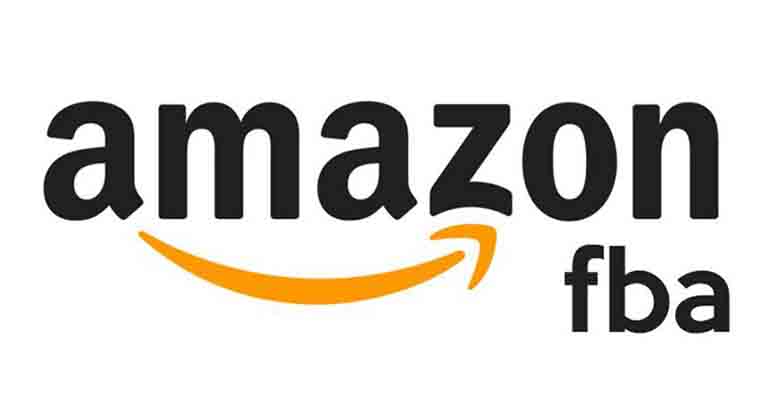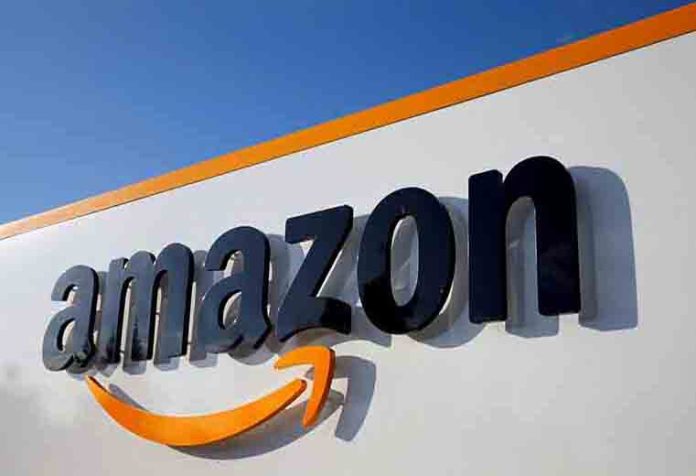The e-commerce giant’s recent decision to implement a fixed pricing model for hair loss treatments has sent ripples through the industry, dramatically reshaping the competitive landscape. By establishing set prices for popular products, Amazon not only simplifies the purchasing process for consumers but also positions itself as a formidable alternative to established brands like Hims, whose fluctuating pricing strategies have long been a hallmark of their market presence. The implications are significant, as this move encourages transparency and could potentially drive down costs for consumers, ultimately fostering an environment where price competition becomes paramount.
Industry analysts are closely monitoring the fallout from Amazon’s strategic pivot. As Hims experiences a notable decline in stock value, questions arise regarding its pricing model and long-term viability in a market now dominated by Amazon’s accessibility and straightforward pricing. Observers have identified several critical factors that could influence Hims’ ability to adapt to this new landscape:
- Consumer Loyalty: How will existing customers respond to Amazon’s competitive pricing?
- Product Differentiation: Can Hims effectively highlight unique aspects of its offerings to retain market share?
- Innovation: Will Hims accelerate its product development to keep pace with emerging trends in hair loss treatments?

Investors React as Hims Stock Sinks Following Competitive Price Adjustments
The announcement from Amazon to implement fixed pricing on its hair loss treatments has sent shockwaves through the market, leading to a notable downturn in Hims stock. Investors, already on edge, reacted swiftly to the news, fearing that Amazon’s entry into the market could significantly undercut Hims’ competitive edge. Shares fell by over 15% in just a single trading session, as analysts warned of a potential shift in consumer loyalty towards the retail giant. Many are concerned that Amazon’s robust distribution network and pricing power may diminish Hims’ market share, particularly among price-sensitive consumers.
Industry observers pointed out various factors contributing to the stock’s decline, including:
- Increased Price Competition: Amazon’s approach may attract budget-conscious customers who prioritize savings over brand loyalty.
- Potential for Market Disruption: The tech giant’s entry might encourage further entrants into the hair loss treatment sector, amplifying competition.
- Investor Sentiment: The sharp sell-off reflects a broader anxiety about Hims’ ability to maintain its growth trajectory amidst escalating competition.
As analysts scramble to reassess Hims’ market position, the coming weeks will be critical in determining how the company adapts to these new competitive pressures. The reaction indicates that many investors are taking a cautious approach, fueling uncertainty around Hims’ future performance.
Analyzing Consumer Impact: Pros and Cons of Amazons Pricing Strategy
Amazon’s decision to implement fixed pricing for hair loss products has sent shockwaves through the e-commerce landscape, particularly affecting brands like Hims. This pricing strategy, aimed at standardization, presents a dual-edged sword for consumers. On one hand, the benefits include clearer pricing without the fluctuations commonly associated with discounts and sales. As a result, consumers may enjoy a more straightforward purchasing experience, reducing anxiety over getting the “best deal” and potentially increasing their trust in the platform. Furthermore, fixed pricing can lead to greater price stability, making it easier for users to budget their healthcare costs effectively.
However, the implications extend beyond immediate consumer benefits, raising questions about long-term market dynamics. The move toward fixed pricing may result in wider price gaps between Amazon and other retailers, possibly driving smaller, specialized companies out of the market. This could lead to reduced competition and fewer options for consumers in the long run. Additionally, consumers who rely heavily on sales and discounts may feel alienated by a lack of promotional pricing, potentially limiting access to affordable products. the ramifications of Amazon’s new pricing structure highlight a complex interplay between consumer convenience and the health of the marketplace.
Recommendations for Hims to Navigate the Evolving Landscape of Hair Loss Solutions
In the wake of Amazon’s recent decision to implement fixed pricing for hair loss products, Hims faces a critical juncture that necessitates strategic innovation to retain its market share. The company should consider investing in a robust research and development program to enhance its product offerings. Focusing on unique formulations or delivery mechanisms that differentiate its products from those available on Amazon could be key. Additionally, Hims should amplify its marketing efforts to emphasize the bespoke nature of their solutions, appealing to consumers who value personalized care. This could include:
- Creating educational content that highlights the science behind their products.
- Engaging in partnerships with dermatologists to foster credibility.
- Expanding subscription models, ensuring convenience and customer loyalty.
Moreover, Hims must also consider enhancing its customer engagement strategies. Developing a more interactive online community can provide users with a sense of belonging and support, making them less likely to switch to competitors. Incorporating feedback mechanisms will allow Hims to adapt quickly to customer needs and market trends. Possible initiatives could include:
- Launching a dedicated mobile app that offers personalized hair loss management tools.
- Hosting virtual consultations with experts for tailored advice.
- Implementing loyalty programs that incentivize repeat purchases.
